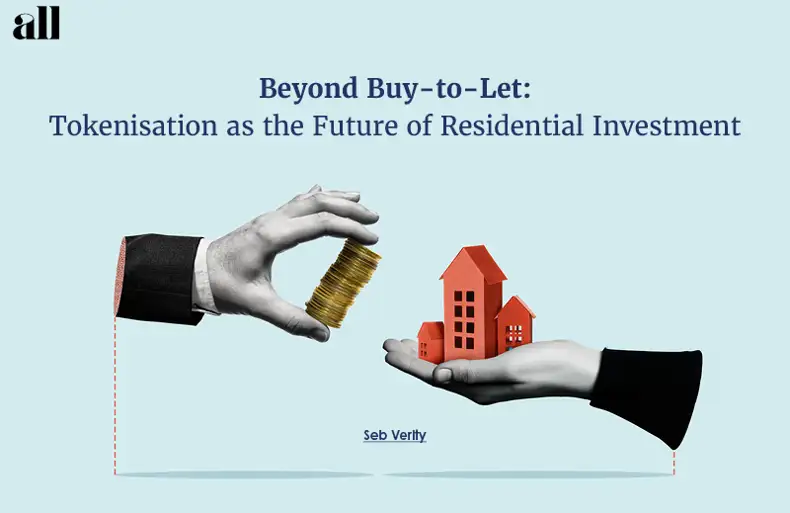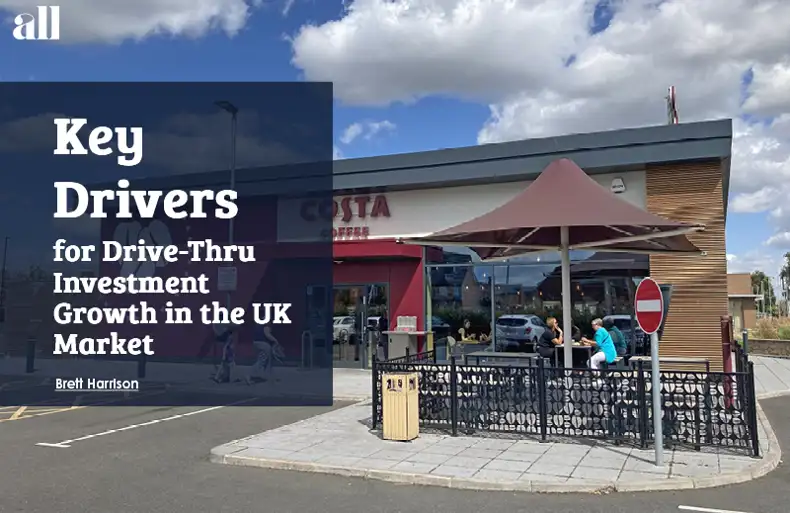Blog | Valuation
The chase for long income

In a world of low interest rates, volatile markets and political uncertainty, predictable long-income assets are increasingly valuable to investors. Moreover, the prevalence of regular inflation-linked rent reviews has driven rental growth, sparking further interest in long leases.
In particular, we are seeing a growing demand for secure, long-dated cash flows that help hedge long-term liabilities for institutional investors, such as pension funds. Furthermore, volatility in the market is attracting investors who would normally operate higher up the risk curve. But, as they grow in popularity, assets offering reliable returns have become expensive.
Real estate let on long leases to good investment-grade tenants offers an attractive option to investors looking for security. While sale and leasebacks are perhaps the most familiar type of long-income real estate asset, a number of other options exist.
Income strips, where the owner-occupier sells the asset but retains the right to repurchase it from the investor at the end of the lease (usually for a nominal sum), offer investors a secure income stream with no exposure to real estate at lease expiry. And, unlike real estate ownership, there is no management hassle associated with this type of investment.
For instance, Milburngate in Durham is a long leasehold investment, comprising circa 60,000 sq ft of office space, 75,000 sq ft of retail and leisure space and 153 apartments; the entire first phase of the scheme has been pre-let to Durham County Council. Upon practical completion, a new 250-year lease will be granted to the investor, and Durham County Council will enter into an overriding 35-year lease subject to annual increases of 2% to 4%. When the occupational lease expires, the council will have the option to acquire the freehold for £1. Milburngate was purchased in February 2019 for £120m, reflecting a net initial yield of circa 2.50% to 2.75%.
“The appeal of such investments is based on longevity”
Other alternatives include ground rents. In the residential sector, these investments will probably undergo significant reform but, in the commercial sector, they remain a popular income stream. Collateralisation is an important factor with this type of investment, since ground rents are typically only around 5% to 20% of the estimated rental value of the land and buildings, meaning they are significantly over-collateralised in terms of capital and rental value. Consequently, the likelihood of ground rent non-payment is unlikely.
There has been considerable demand for commercial ground rents with recent transactions, illustrating the strength of the market and the sharp yields investors are prepared to pay.
For instance, Vintners Place — a 275,000 sq ft office building in EC4 — is let on a long lease to The Vintners’ Company for 120-years, at a rent of £1m per annum. The rent, which is geared to a minimum of £1m or 7.5% of rents received, was sold in November 2018 for £24.9m, reflecting a net initial yield of 3.77%.
However, the UK legal process for selling commercial freehold ground rents and / or commercial property is time consuming and, as a property transaction, the underlying asset is relatively illiquid compared to other asset classes, such as listed equities or bonds.
Sale and leasebacks are also popular with investors looking for long-term and stable income. These investments feature rental payments often structured to rise each year in line with inflation, offering investors a secure and guaranteed growth income stream.

Supermarket investments are a favourite with investors seeking long-term, secure index-linked income. Based on our research and analysis, the net initial yield for the supermarket sector on a quarterly basis has moved from approximately 6.3% in March 2009 to 5.2% in March 2019. Over this period, the yield hardened to circa 4.7% during 2013 and early 2014, which was the sector’s best performance in the ten-year period. At 66 Cornard Road in Suffolk, the freehold interest in the 60,000 sq ft supermarket let to Sainsbury’s for a remaining term of circa 20 years, with annual RPI uplifts, subject to 1% collar and 3% cap; sold in March 2019 for £34.6m, reflecting a net initial yield of 4.73%.
The appeal of such investments is based on longevity, plus the returns they offer relative to those of other investments. Compared to conventional real estate assets, such as high street retail units, supermarket assets are a defensive investment and less sensitive to property market cycles.
Despite their popularity, there are still risks associated with long-income real estate. For instance, it is essential to rate the credit risk of the tenant, and bear in mind that ‘bullet proof’ credit worthiness might not last forever — think House of Fraser and Debenhams. So, in the chase for long-income, it is important to keep an eye out for stumbling blocks.
Related Insights

What does the Autumn Budget mean for the property sector?
Phew... or Too Few? As Chancellor Rachel Reeves stood up at the despatch box and delivered the Budget in person, rather than ...

Beyond Buy-to-Let: Tokenisation as the Future of Residential Investment
Real estate tokenisation could fundamentally revolutionise property investment across the United Kingdom, by transforming how...

Myth Busting The Impact of AI on Real Estate Valuations
Want to know more or would simply like some advice? We hope you find this podcast useful. If you want to know more about topi...

Key Drivers for Drive-Thru Investment Growth in the UK Market
Potential ChallengesInvestors should be mindful of several challenges when considering drive-thru investments: